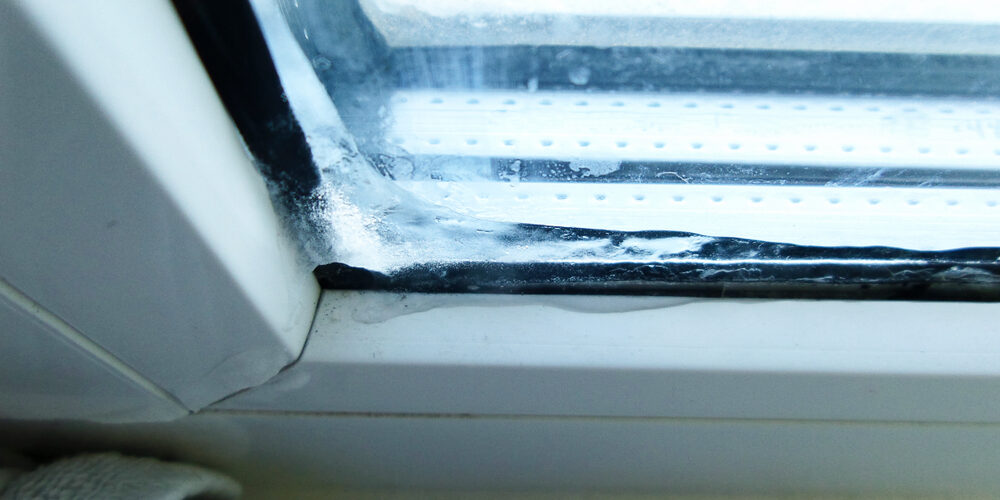Tinted windows can help block some cold air from entering a vehicle, but their effectiveness in providing insulation against cold temperatures is limited compared to other methods such as insulation materials or heated seats.
Here’s how tinted windows may affect cold air penetration…
- Reduction of Heat Transfer – Tinted windows can reduce heat transfer through the glass by blocking a portion of the sun’s infrared radiation. This property helps keep the interior of the vehicle cooler in hot weather but may also have a minor effect on reducing heat loss in cold weather by slowing the transfer of heat from the interior to the exterior.
- Insulation Properties – While tinted windows can provide some insulation against temperature extremes, their insulating properties are relatively minimal compared to other materials such as thermal insulation or double-pane windows. Tinted windows primarily act as a barrier against solar heat gain and UV radiation rather than providing significant insulation against cold air infiltration.
- Sealing and Weather Stripping – The effectiveness of tinted windows in blocking cold air also depends on the overall condition of the vehicle’s windows, seals, and weather stripping. Properly sealed windows and well-maintained weather stripping can help minimize air leakage and drafts, improving the vehicle’s ability to retain heat in cold weather.
- Heating Systems – In cold weather, the primary means of maintaining a comfortable interior temperature in a vehicle is through the use of the heating system, which typically includes a heater core that circulates warm air throughout the cabin. Tinted windows alone are not sufficient to provide adequate warmth in cold weather and should be used in conjunction with the vehicle’s heating system.
While tinted windows may offer some minor insulation benefits by reducing heat transfer through the glass, their primary purpose is to block solar heat gain and UV radiation rather than providing significant insulation against cold air infiltration. To effectively manage cold temperatures inside a vehicle, it’s essential to rely on the vehicle’s heating system, proper sealing, and insulation materials rather than solely relying on tinted windows.






